How to Pinch Flowers for More Blooms
Have you ever heard of pinching flowers? Many growers use this technique to encourage long stems (and more of them) when growing certain flowers.
It may seem drastic to cut back a flowering plant just as it is beginning to grow, but this one step increases the number AND length of flower stems. Learn how to pinch flowers for more blooms in this post.
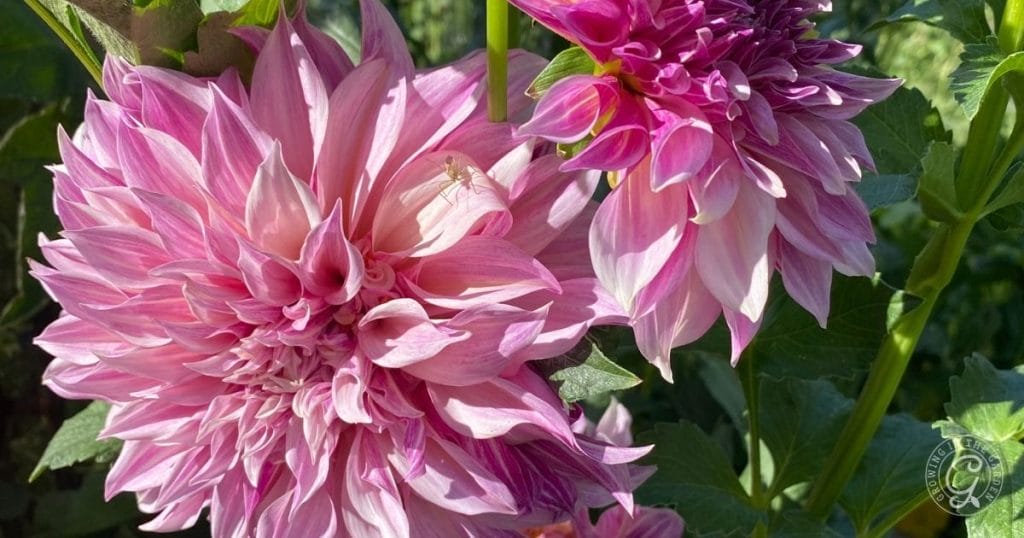
Article Index:
- Why pinch back flowers?
- When is the best time to pinch flowers?
- How do you pinch back flowers?
- What happens if you don’t pinch flowers?
- Which flowers benefit from pinching?
- Which flowers should not be pinched?
- Sources and helpful guides for growing flowers
Why pinch back flowers?
“Plants produce more stems of better cutting quality when pinched than when I leave the first central stem to grow into a monster stem.”
Lisa Mason Ziegler, Vegetables Love Flowers
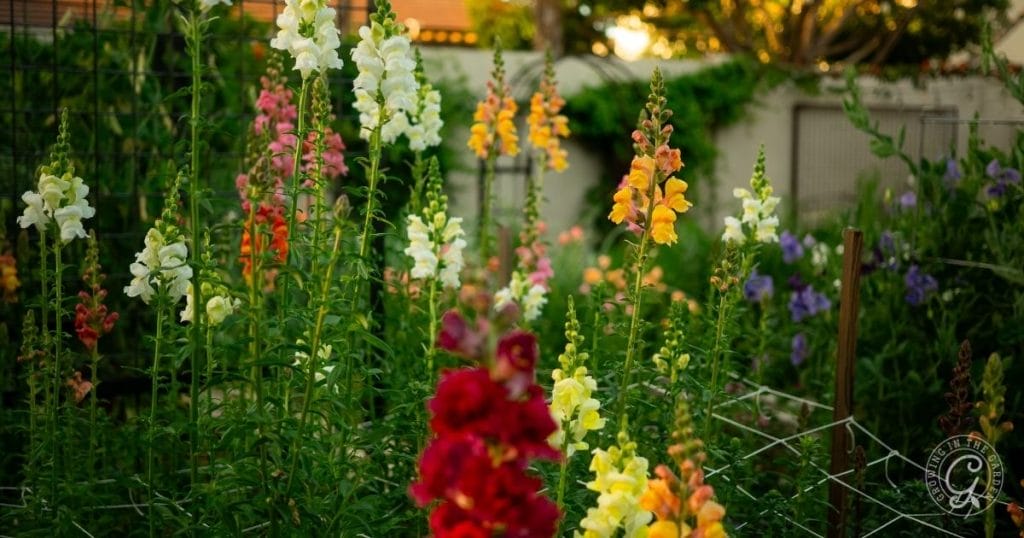
Pinching is snipping out a part of the new plant’s growth, encouraging branching rather than creating one tall central stem. Pinching encourages plants to produce more branches near the base of the flower. This increases the number of flowering stems and the overall length of the stems.
Pinching flowers delays blooming but ultimately results in more blooms.
Pinching is also done in some flowers to produce larger blooms on roses, dahlias, peonies, and chrysanthemums. Pinch off most flower buds, and the remaining flowers will be larger. (The Flower Gardener’s Bible, page 119.)
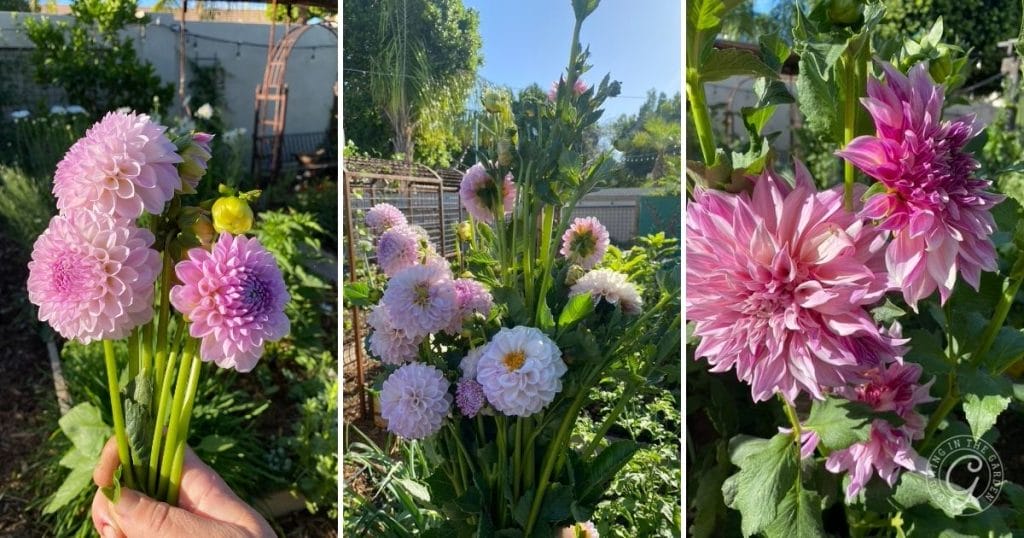
When is the best time to pinch flowers?
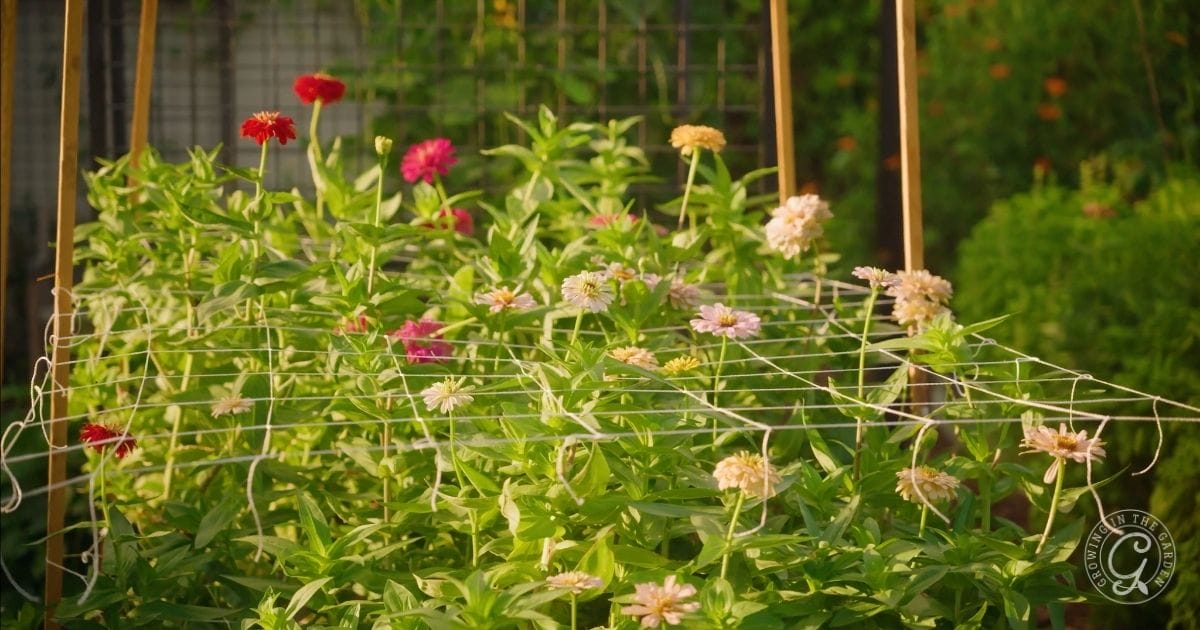
The best time to pinch flowers can vary slightly from flower to flower but generally is done when plants are young [8-12 inches (20-30cm) tall and have 3-4 sets of leaves]. Get more details about how to use and install trellis netting for cut flowers in this guide.
How do you pinch back flowers?
Once the stem is between 8-12 inches (20-30cm) tall, use sharp pruners (I like these Felco pruners) and cut the top 3-4 inches (7-10 cm) off just above a set of leaves.
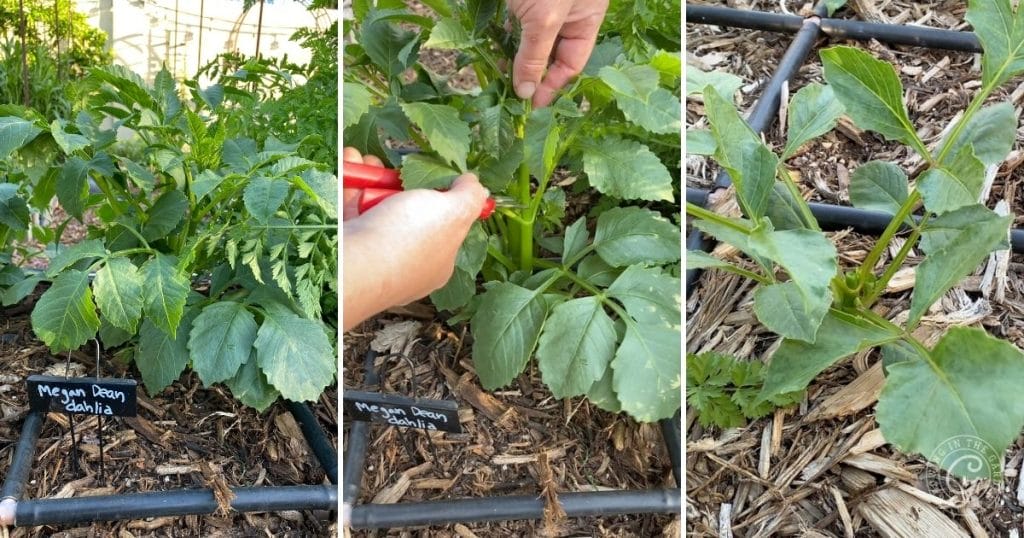
Only remove up to 50 percent of the leaves. Cutting off more than this inhibits the plant’s ability to photosynthesize and grow.
What happens if you don’t pinch flowers?
Many plants try to bloom when they are young and have short stems. Other flowers will grow only one central flower stem.
Which flowers benefit from pinching?
Pinching is most often done on flowering annuals with branching forms.
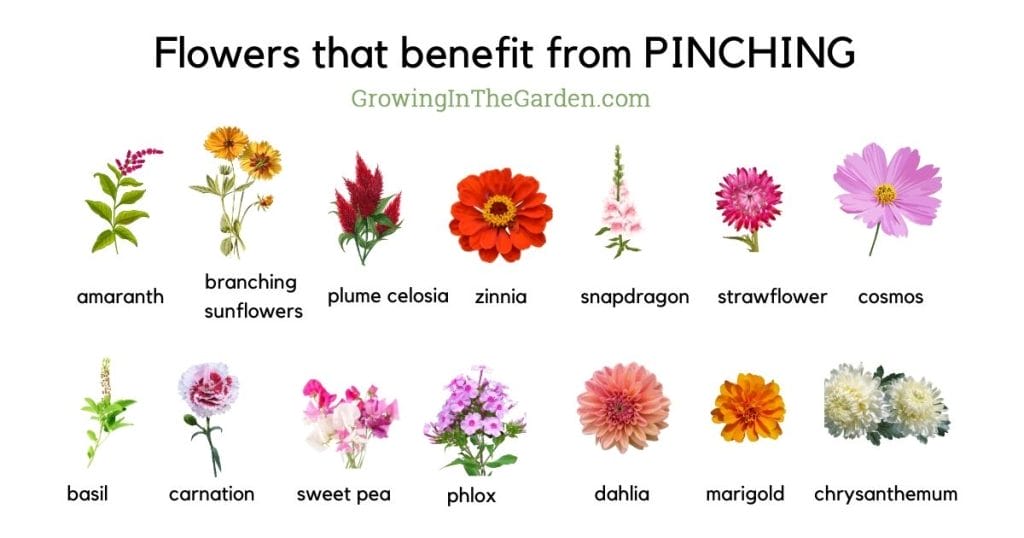
Some flowers that benefit from pinching include ageratum, amaranth, basil, calendula, carnation, celosia (plume varieties), cosmos, dahlia, marigold, phlox, snapdragons, strawflower, sweet peas, sunflowers (branching varieties), and zinnias.
You may want to pinch lisianthus if you have a long growing season.
Which flowers should not be pinched?
Pinching is best done on flowers that produce flowers on multiple stems. Don’t pinch stems on types that produce only one flower per plant, such as single-stemmed sunflowers and Bombay celosia.
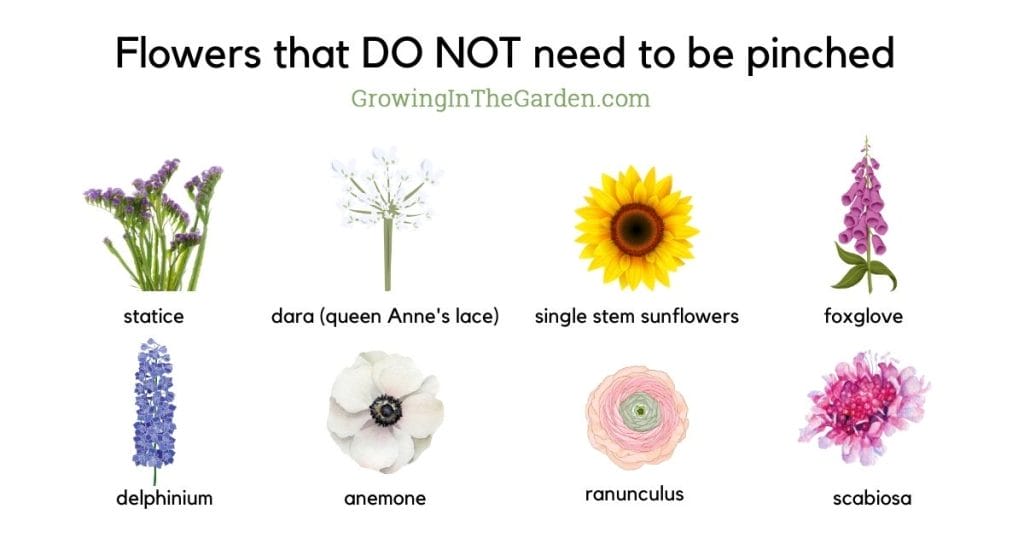
Some flowers, such as poppies, scabiosa, Dara, delphinium, foxglove, ranunculus, and statice, naturally produce multiple stems and do not need pinching.


My “Low Desert of Arizona Flower Planting Guide” includes instructions on whether or not to pinch the nearly 100 flowers listed in the guide. Learn how to use the guide here. Purchase the guide here.
Sources and helpful guides for growing flowers:
- Floret Farm’s Cut Flower Garden, by Erin Benzakein with Julie Chai
- Growing Flowers: Everything You Need to Know about Planting, Tending, Harvesting and Arranging Beautiful Blooms, by Niki Irving
- Vegetables Love Flowers, by Lisa Mason Ziegler
- The Flower Gardener’s Bible, by Lewis and Nancy Hill

The Perpetual Annual Flower Planting Calendar, available in my shop, helps you learn when to plant flowers in the low desert of Arizona and whether to plant seeds or transplants.

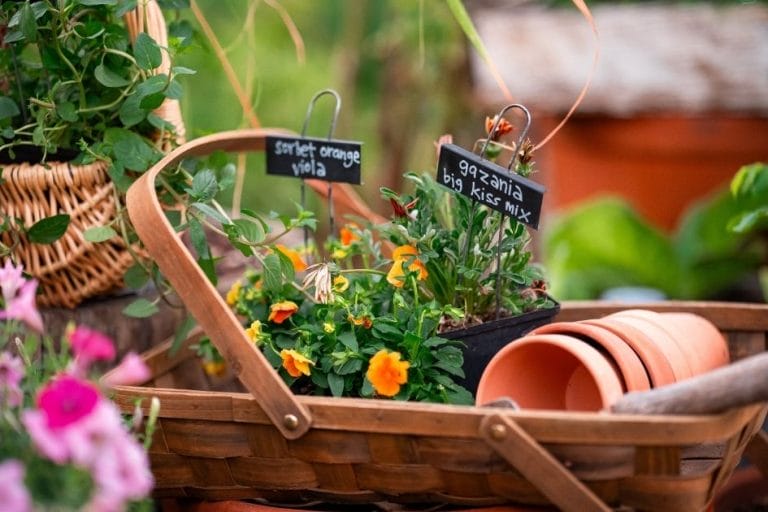




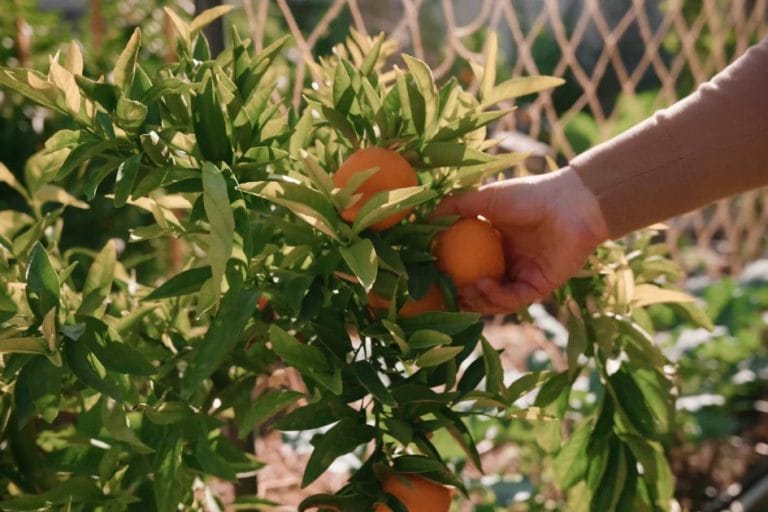


Leave a comment on How to Pinch Flowers for More Blooms